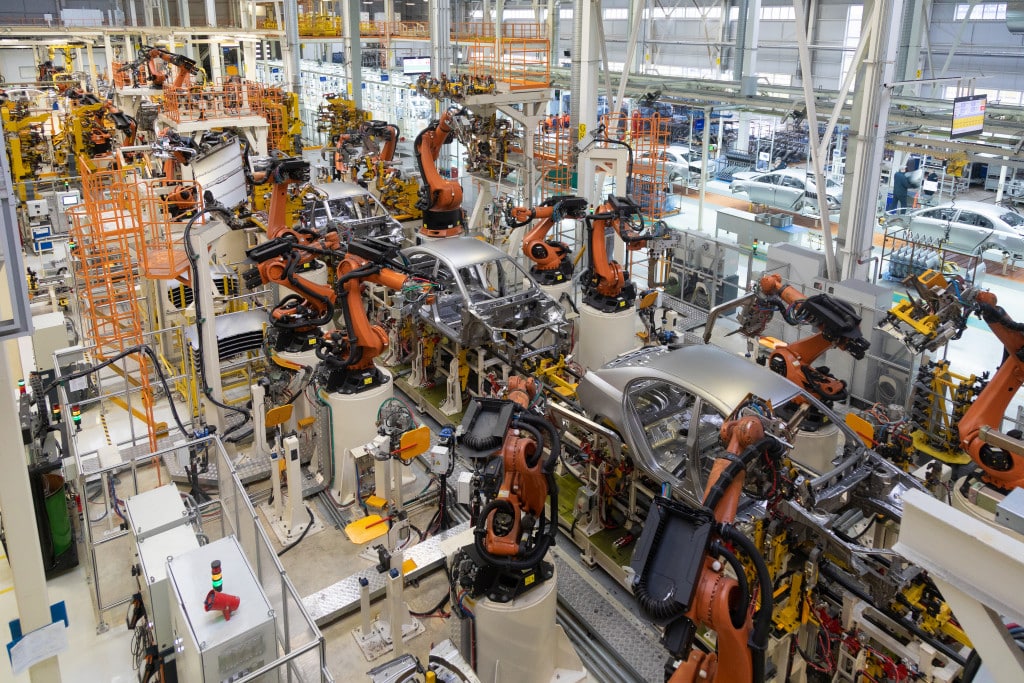Managing a manufacturing business is challenging. You are in charge of both production and sales. Product flow management alone requires that you’re proficient in juggling all sorts of operational responsibilities. You need to oversee logistics and inventory management. Plus, you must stay hands-on on the floor to assess how processes are coming through in real-time. You need to be ready with relevant feedback addressed to workers to boost productivity and protocol compliance.
A business in manufacturing will test your managerial prowess. If you’re worth your salt, you’ll rise to the challenge. Thankfully you do not have to contend with a strictly stressful manufacturing environment, as there are ways to streamline and optimize the production process. Follow the recommendations below.
Train your staff

You need to provide training upon hiring. For most businesses, that process alone is enough. However, if you want to be extra competitive, schedule regular training sessions for your employees. At the very least, check in with your workers regularly. You want to know how your workers are dealing with challenges on the floor. You’ll derive actionable insights from these meetings.
Once you optimize your production process, make sure to keep workers up to speed. Do not neglect to explain to them whatever process adjustments you’ve made. They should understand these changes so that they can support new protocols with the utmost trust that they are for everyone’s benefit.
Analyze your current workflows
You need to look into three aspects of production: personnel, processes, and tools and technology.
Are you maximizing the talent and skills of your personnel? Which people are in charge of what responsibilities? Are skills aligned with designated jobs? Or are you better off repositioning your pool of workers? These questions must be addressed with keen attention to detail. Plus, you need to provide your labor force with a SMART objective. That means specific, measurable, achievable, realistic, and time-bound goals.
The second consideration is the processes that constitute your production flow. Are there steps in the process you can do without or at least simplify? Which parts of the process chronically suffer from obstacles? What short-term and long-term solutions are available to solve these bottlenecks?
Lastly, look into your current tools and technology. Are they in tiptop shape? Or have they missed a couple of maintenance and repair schedules that affect your present production? Are they up to speed with the recent growth of your business?
Modernize technologies

Maybe you’re in the business of cutting metals to be fashioned into architectural products. Your cutting process is still manual. Ask yourself: Is that the best way to go? Or are you better off investing in die cutting machines?
Investing in new technology will eat into your profits. But that offers you growth opportunities, too. Your production will be optimized, for starters. That means you’ll produce more and sell more. In time, you’ll recoup your investment. Plus, your workers will appreciate the transition. Now, they have safer technology to use.
Don’t skip planned maintenance
Sometimes you have sales targets you want to reach. Other times, you have order deadlines you need to meet. So, your equipment and your workers continue working, but you skip the scheduled maintenance.
Overlooking repairs is detrimental to the process. Remember that you rely on your tools and equipment. If they stop working, your production process will be derailed. Of course, your workers can temporarily revert to manual processes, but that will delay your output.
You need to have fixed schedules for equipment maintenance, and they should be adhered to strictly. Your repair and maintenance team should be ready for emergencies, too. Their expertise should extend beyond checking for potential problems. They should be able to fix problems here and now. You cannot afford to delay production.
Product flow management affects all areas of your business. For example, if you have backlogs in your production schedule, your inventory management will suffer. There will be more raw materials that require storage. You’ll probably have orders you need to postpone, which will affect your professional relationship with suppliers. On the other end of the business spectrum, there’s customer service to consider. With delayed production, for example, you might not meet customer demand. If those orders have already been placed, you’re set to disappoint your clients. Keep in mind that one disappointed customer can lead to a loss of 10 customers that might have made a business transaction with you. That’s a huge misstep that’s perfectly avoidable.
With those things said, make sure you streamline and optimize your production process. The recommendations above should help you get started on that goal.
